
Question : as-tu réellement l'occasion de surfer toutes ces planches ? Ou est-ce une passion de la déco murale avec une variété de planches incroyable ?
J'essaierai vraiment bien ton fish Markis et encore plus le bonzer ....

MatinSF a écrit:Chuck Dent est une des légendes du surf en Californie , il est mort début 80 et le shaper est Chris Hawk qui lui aussi est décédé il y a deux ans
MatinSF a écrit:il ajoute toujours des deck channels sur le top de la planche, l'utilité reste a tester sur la vague , mais c'est agréable au toucher et le design est plutôt cool

soroli a écrit:C'est plus des barres de toit qu'il te faut pour aller surfer, c'est un semi-remorque !
Question : as-tu réellement l'occasion de surfer toutes ces planches ? Ou est-ce une passion de la déco murale avec une variété de planches incroyable ?
J'essaierai vraiment bien ton fish Markis et encore plus le bonzer ....
zitoune a écrit:MatinSF a écrit:Chuck Dent est une des légendes du surf en Californie , il est mort début 80 et le shaper est Chris Hawk qui lui aussi est décédé il y a deux ans
triste histoire...
(il faut qu'on lance pipeau sur leurs histoires, j'avais jamais entendu parler d'eux)MatinSF a écrit:il ajoute toujours des deck channels sur le top de la planche, l'utilité reste a tester sur la vague , mais c'est agréable au toucher et le design est plutôt cool
j'ai des decks channels aussi sur la aviso, c'est effectivement très sympa niveau allure générale de la planche, ça donne une super prise en main pour les canards
Après c'est censé je crois apporter de la rigidité à la planche




MatinSF a écrit:La petite nouvelle du weekend , ca fait un moment que j'en cherchais une .
Trouvée en chinant sur San Francisco, utilisée mais toujours saine:
une jolie 6'6 Lightning Bolt, shapée par Tom Eberly , single fin, 70s
YOUOUOUOUOU

Aramis a écrit:Whaouuuuuuuuuu !
Collector, tu montes un petit musée ?
Si tu pouvais en donner les côtes exactes, ça m'intéresse .
Aramis a écrit:Collector
 chouette pièce de collection !
chouette pièce de collection !wallace a écrit:Et rouge en plus !
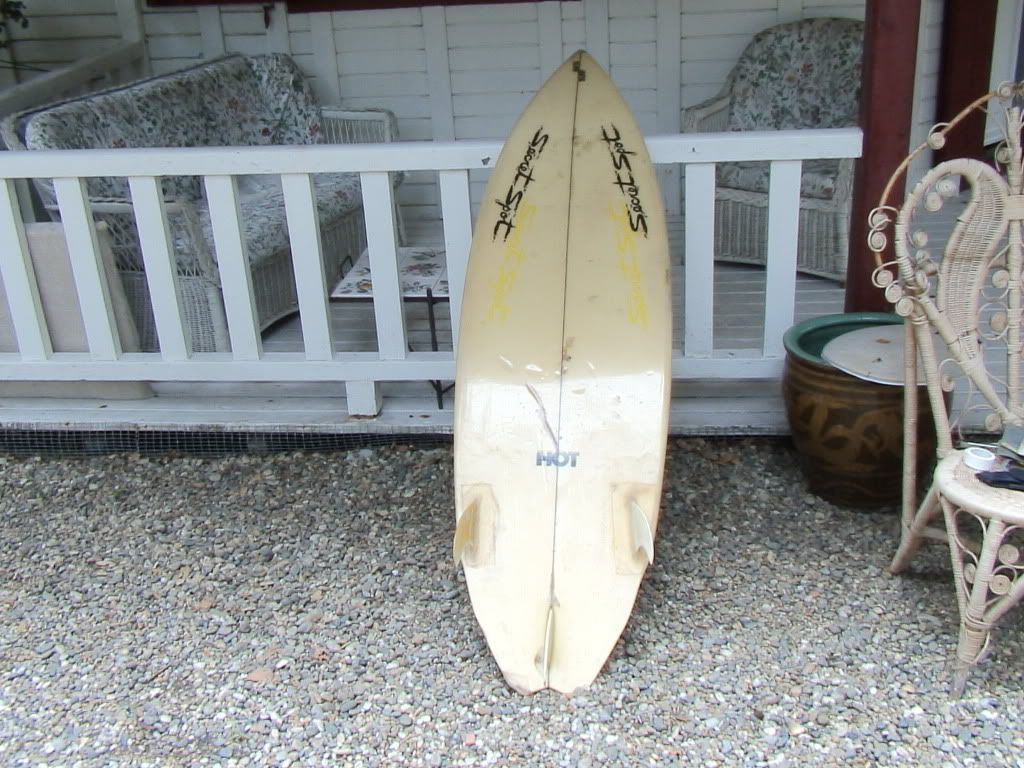
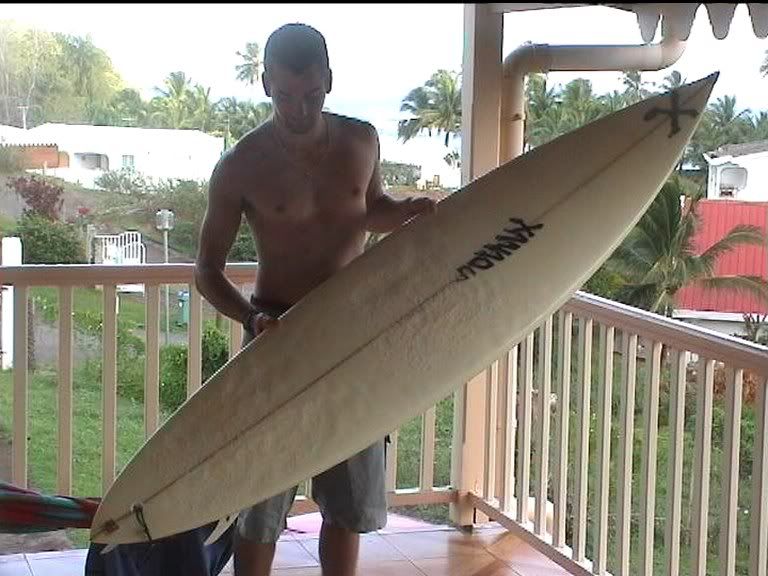
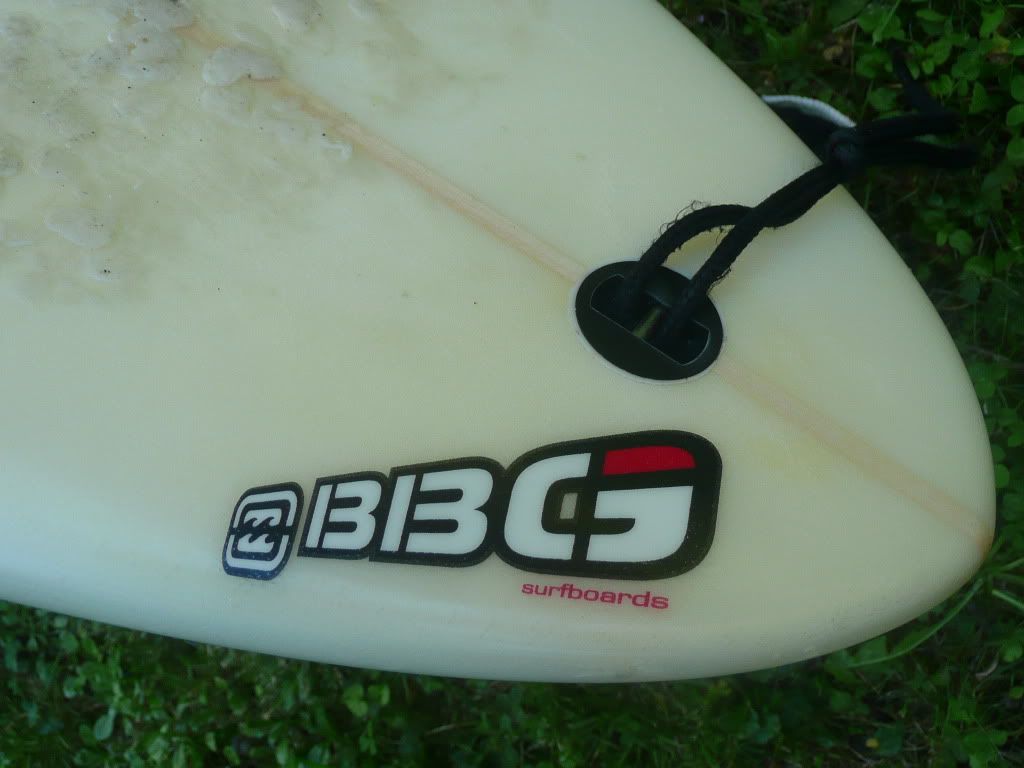
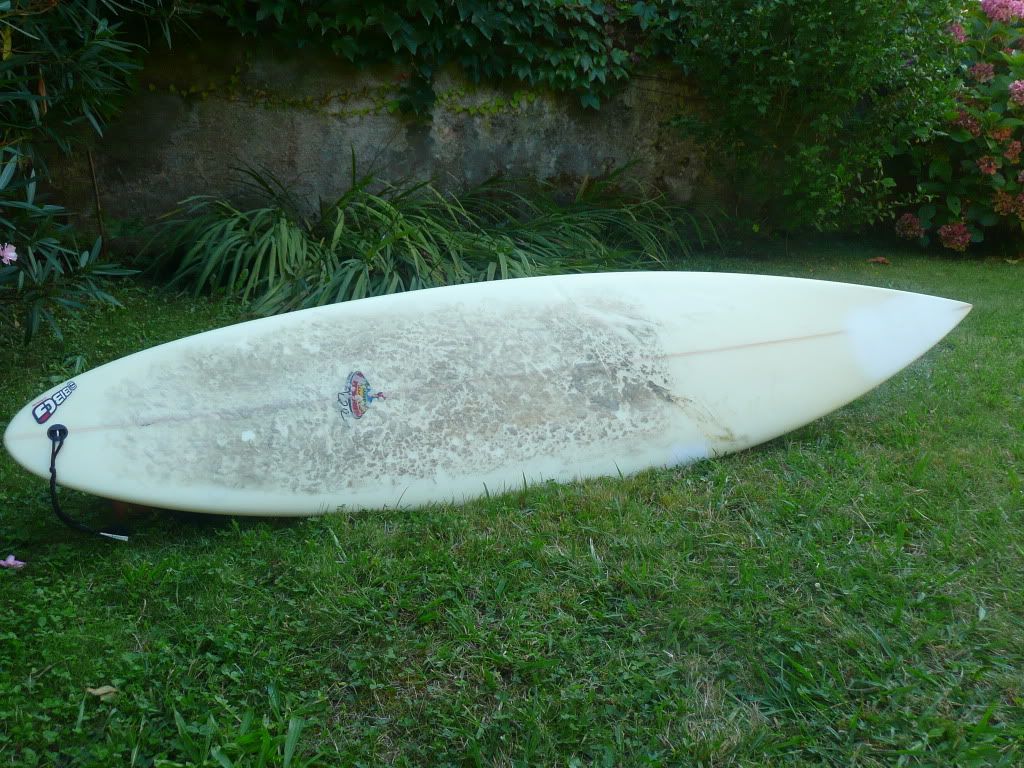
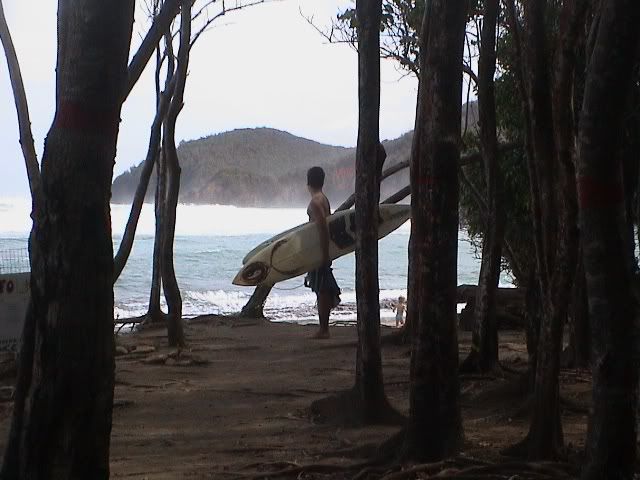
Utilisateurs parcourant ce forum : Google [Bot] et 8 invités